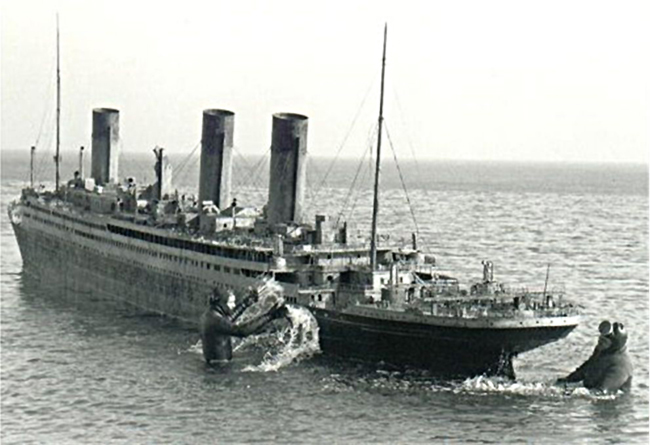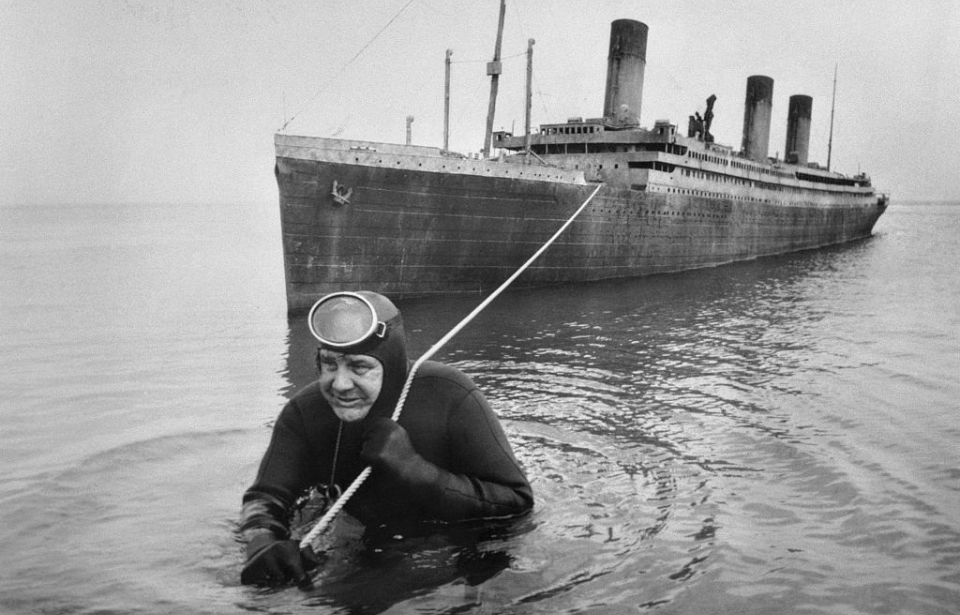Raise the Titanic (1980) is an epic adventure film that captivated audiences with its audacious premise and grand scale – even if it wasn’t very good. Directed by Jerry Jameson and based on the 1976 novel by Clive Cussler, it aimed to bring one of history’s most famous shipwrecks back to life. While it didn’t receive critical acclaim, the movie remains an intriguing piece of cinematic history.
Centered around a fictional plot, which aims to recover the ill-fated ocean liner, the RMS Titanic, Raise the Titanic follows a team of experts on a daring mission to retrieve fictional byzanium from the wreck. The stakes are high, as the rare mineral, which had been packaged for a journey aboard the vessel, could revolutionize global energy production with its radioactive properties. The team faces numerous challenges, including technical difficulties, political interference and a race against time.
Raise the Titanic aimed to be a visual spectacle, recreating the iconic ship with remarkable attention to detail. Despite limited technology and budget constraints, the production team crafted an impressive replica of the Titanic, using models and special effects for the underwater scenes. An expert on the original ship, Ken Marschall, was even hired to ensure accuracy.

The Featured Image above, dated June 20, 1980, shows one of the frogmen employed to work on the set of Raise the Titanic. One of his jobs was to work with the massive replica of the vessel. Supposedly, it was 55 feet in length and cost $5 million to make. Not only was it costly to construct, but it cost a lot to keep – the team spent another $3.3 million to make a custom tank to house it in Malta. This allowed them to film scenes of the ship being brought back to the surface.
It’s just as well, as it took them over 50 takes before they got one they liked – plenty of work for their on-set frogmen. The model remains at the studio and is open for public tours. It does, however, look a little worse for wear. In January 2003, it was hit by a massive storm, knocking over the third funnel and damaging the sides.
More from us: The Story Behind a Lockheed P-38G Lightning Wreck Off the Southern Coast of France
Raise the Titanic‘s ambition proved to be its downfall. The exorbitant cost of constructing and sinking a replica ship, coupled with a lukewarm reception from critics, ultimately led to financial disappointment at the box office. The film only earned $7 million on a $40 million budget.
